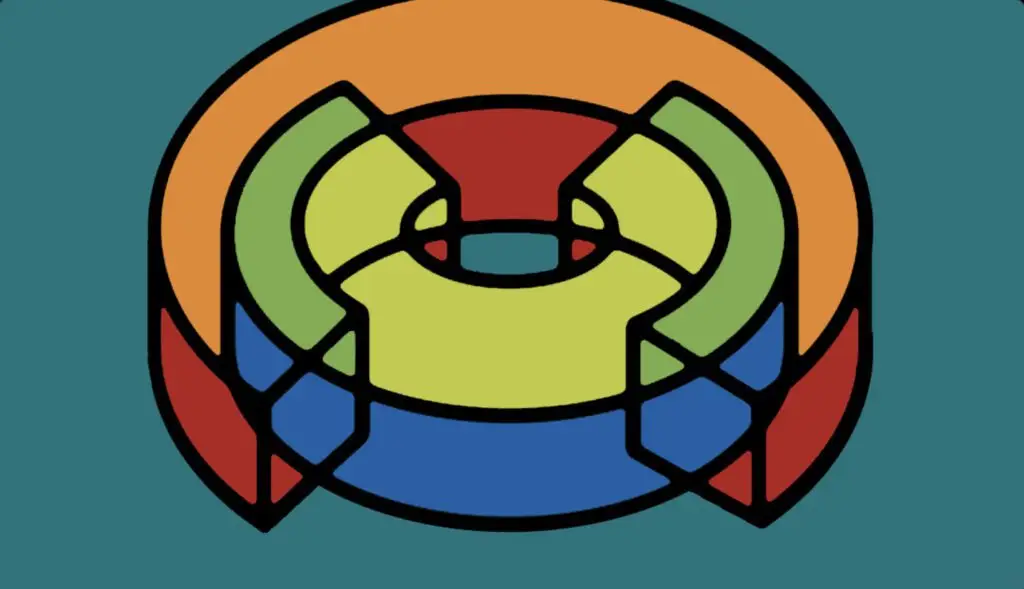Observations
Like Diamonds, Design Has Its Own 4Cs.
For centuries the value of a diamond has been judged by appraising individual characteristics, using the 4Cs methodology to measure its quality. COLOR: A diamond’s color grade refers to the lack of color. The more colorless the diamond, the higher quality grade it will receive. CUT: The cut of a diamond determines its brilliance. Put simply, the better a diamond is cut, the more sparkle it will have. CLARITY: Almost all diamonds have tiny imperfections. Diamonds with few or no imperfections receive the highest clarity grades. CARAT: This is the term with which people are most familiar, but bear in mind that carat is specifically a measure of a diamond’s weight. The quality of any design undertaking can also be evaluated by it’s own set of 4Cs.
CONTENT: This refers to the quality of the information obtained to identify, articulate and prioritize specific communication goals and objectives. This also produces a language for measuring any and all proposed solutions. CONTEXT: Here is where content lives; with the audiences, environments and systems it is designed to engage and motivate. Once identified, messages and tactics can be tailored and positioned using the vernacular appropriate to that audience. CONDUIT: Content is delivered to its intended audience using a carefully selected communication device, designed to significantly contribute to its acceptance. The content will arrive in ways and places where the audience is best prepared to consider it. CATALYST: The communication device is designed in such a way as to accelerate the rate of the exchange. Awareness becomes understanding, after which acceptance and familiarity may evolve into loyalty.
Quality design is achieved by constructing a process of exploration, examination and application that is unique to each individual endeavor, yet consistent in accomplishing a defined aspiration. More than strategically balanced and aesthetic engaging, this process is applicable to every human endeavor.
